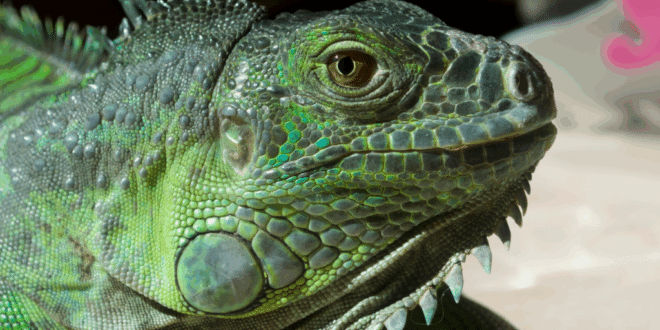Bulma the Green Iguana wandered up La Rambla, Barcelona. Photo Credit Molly Grace
You can also contact us by clicking here. Invasive species is a living organism—whether animal, plant, fungus, or microbe—that is not native to a particular ecosystem and causes harm when introduced. These species adapt to their environment and thrive there, often at the cost of local wildlife and human interests.
How Do Invasive Plants End Up in New Environments
Most invasive species are introduced by humans, whether unintentionally, or through irresponsible behavior. It can occur when exotic pets released into the wild or when organisms are transported in shipping containers, ballast water or by agricultural and landscaping practices.
However, for a species to become truly invasive, simply being introduced isn’t enough—it must survive, adapt, and reproduce in its new environment. It must be able to tolerate the local weather, find enough food, and create a breeding population.
While media reports may sensationalise the sudden appearance of “plagues” or exotic animals in a new environment, adaptation to that habitat is rare. Once a species establishes itself, its impact can be devastating.
Why are invasive species a problem?
It is often the case that when a non-native species takes over an ecosystem it disrupts the fragile balance of local wildlife. It may compete with native species for territory or food, reproduce faster, or lack predators to control its population. Some hybridize with native species to create offspring that have genetic advantages, which further threaten local populations.
Invasive species are:
- Native animals cannot get enough food
- Destroy habitats critical to the ecosystem, such as wetlands and forests
- Spread of diseases and parasites
- Endangering or extinction of native species
The domestic ()Felis catus)It is one of the world’s most destructive invasive species. When allowed to roam freely outdoors, cats can be highly effective predators. Every year they kill millions of birds, reptiles and amphibians. International Union for Conservation of Nature, and other studies. At least ten species of animals have died because cats were responsible. 63 species—mostly birds and small mammals. They are considered a serious threat to conservation in many countries when they become feral or uncontrolled.
Pets can become invasive when they are released, free to roam, or escape into the wilderness. These animals may have an added advantage: Access to veterinary services and supplementary feeding by humans. In natural environments, survival depends on the balance between health, adaptation, and competition—but human interference can give these animals an unfair edge.
What can we do to prevent the spread of invasive species?
Protecting native ecosystems is a collective responsibility.
- Respect animal ownership laws In Spain, the new Animal Welfare Law (Ley de Bienestar AnimalSince 2023, the government has prohibited private ownership of exotic animals that threaten biodiversity, animal welfare or public safety. Only species listed in the official Lista Positiva Pets are allowed to be legally owned. This list was created to help prevent the release of animals that could be invasive.
- Prevent escapes. For any pet, but especially exotics, it is essential to have a secure, appropriate enclosure. Never release an animal into the wild, no matter how well-intentioned—it is illegal and ecologically dangerous.
- Do not spay or neuter your domestic animals. Feral populations can be reduced by limiting reproduction and reducing competition between native wildlife. It is important to keep cats indoors, or in an enclosed outdoor area (such as a cat condo). catios( ) to stop them from hunting indigenous species.
- Re-home responsibly. If you no longer have the time to care for your animal, please contact wildlife rescue centers or carers with experience. Never leave an animal outside.
- Report sightings. If you encounter a non-native species in the wild—especially one on the invasive species list—report it to local environmental authorities. It is important to act quickly and detect any ecological problems early.
- You and others should educate yourselves. Find out the laws that apply to exotic animals in your country and share accurate and up-to-date information on responsible pet ownership and conservation.
Invasive Species of Spain
Spain is constantly challenged by invasive species. Here are a few examples of a longer list.
- Vietnamese potbellied pig
- Raccoon
- American mink
- Red-eared terrapins and yellow-bellied sliders
- Northern pike
- American red crayfish
- Asian hornet
- Monk parakeet
- Zebra mussel
These species have been introduced by various means and are now well established in Spanish eco-systems. They pose a serious threat to native biodiversity, agricultural production, and human health.
Find out more
By understanding and respecting the laws around wildlife, exotic pets, and invasive species—including how we care for everyday companions like cats—we all play a part in protecting ecosystems for generations to come.
 Costa News Spain Breaking News | English News in Spain.
Costa News Spain Breaking News | English News in Spain.





